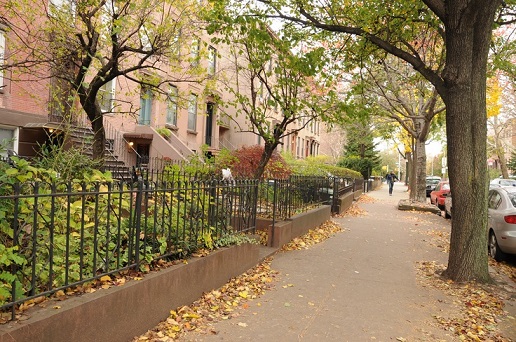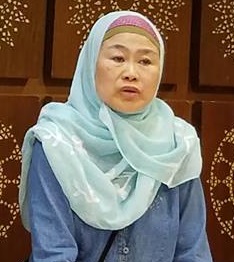‘I am Filipina’ (Let’s stop looking at magazines, let’s look at each other)
By Chris Aldana SandersA quick glance at Filipino billboards or a few minutes in front of Filipino TV will tell you what Filipina women supposedly look like: We have pale, rosy-white complexions; we have luxurious, straight hair; we have pointed, narrow, noses. Seems a little out of touch with reality, doesn’t it?
I can laugh now about how ridiculous it is, but in high school things were different. In those grossly self-critical years where my vanity was at an all-time high. I was painfully aware of how close-yet-far I was from attaining these standards. When I stayed out of the sun, my skin was the correct shade. When I took good care of it, my hair was thick and straight. My nose was the real disappointment (but that’s nothing a quick surgery couldn’t fix). So I suppose that in some ways, I’d won a genetic lottery.
Armed with a plastic surgeon and a personal trainer, I’d be good enough for the entertainment industry. Because that’s where all the mestiza girls go, right?
In the Philippines (and across Asia) mestiza beauty is aspirational beauty, and I was not the kind of mestiza everyone was raving about. When I heard people talk about how beautiful mixed children were, or wish that they had been born mixed so they’d be prettier, I knew that they were referring to these other ethereal girls at my school, on billboards, on TV — not me.
In my adolescent narcissism I didn’t think deeply about why these stunning, pretty, “full blood” girls were coveting mixed-girl beauty. I was just fixated on the fact that I didn’t fit the mestiza standards expected of my kind, and didn’t realize that this template of light skin, sharp nose, big eyes and long hair was superimposed over all of us. We were all just too busy trying to make sure we fit inside the lines to notice what was wrong.
What now?
This project started with a poem. In fact, it was the first ever spoken word poem I wrote. I felt (and still feel) so strongly about this issue. So I thought, what if we stopped looking at the magazines, and started looking at each other? And I mean really looking at each other. What would we see?
We’d see what Filipina looks like. In all our colours, shapes and sizes. Full and mixed alike. We’d see that we are far more stunning and diverse than any ad could ever capture. There is so much strength and beauty that goes beyond the limited representations we see in the media, and people need to see it. I want to fuse poetry, film, and social media together to do this. But I can’t do this on my own — I need your help.
If you’re a Filipina and can see that something needs to change and you want to transform people’s perceptions, then here’s one way to do it:
• First grab a piece of paper. Grab a pen.
• Now, write these three words: I am Filipina.
• Done that? Good.
• Now hold up that piece of paper, bursting with pride and confidence, and take a picture of yourself. (like so)
• Now, submit that picture: http://thefilipinaproject.tumblr.com/submit
(or you can email me at: chrisdanielle929@gmail.com)
October is Filipino American Heritage Month and my goal is to record, edit, and upload this project by the end of the month. And once it’s up, we need to share it all over social media — we need to tell the world. Who’s with me?
L.A.-born Chris Aldana Sanders is a poet and storyteller. She was raised in Saigon and is currently living in Bangkok. This essay originally published here is being reprinted with permission.













